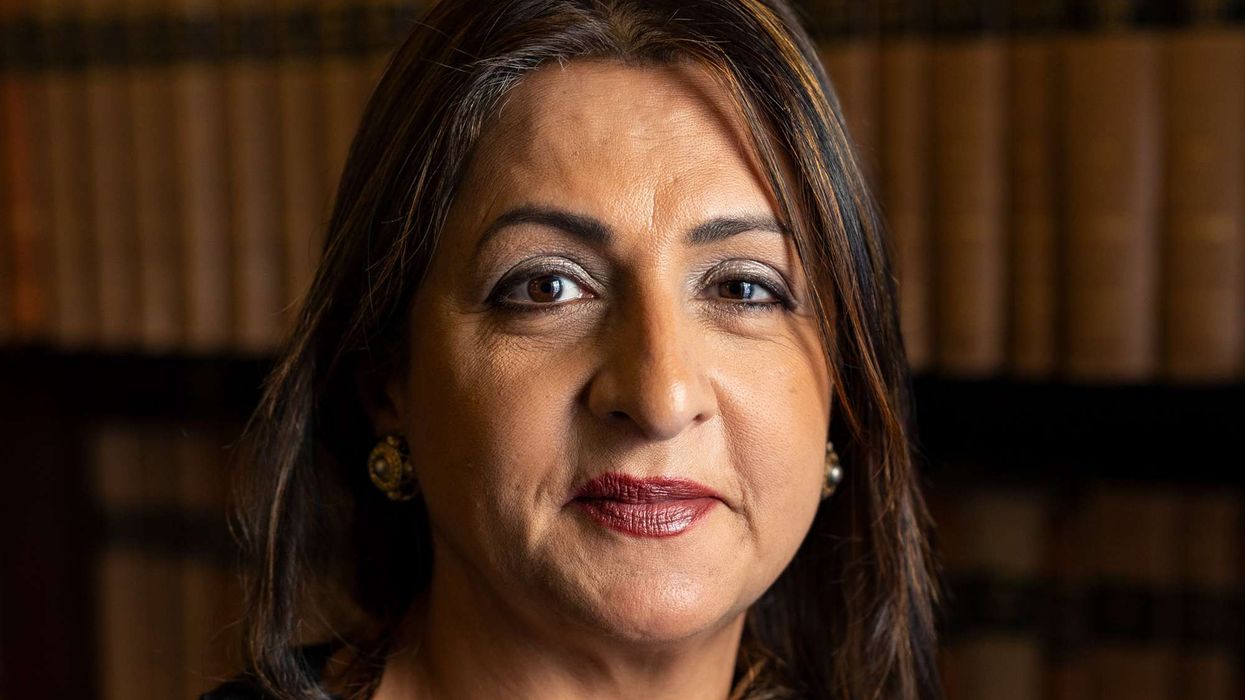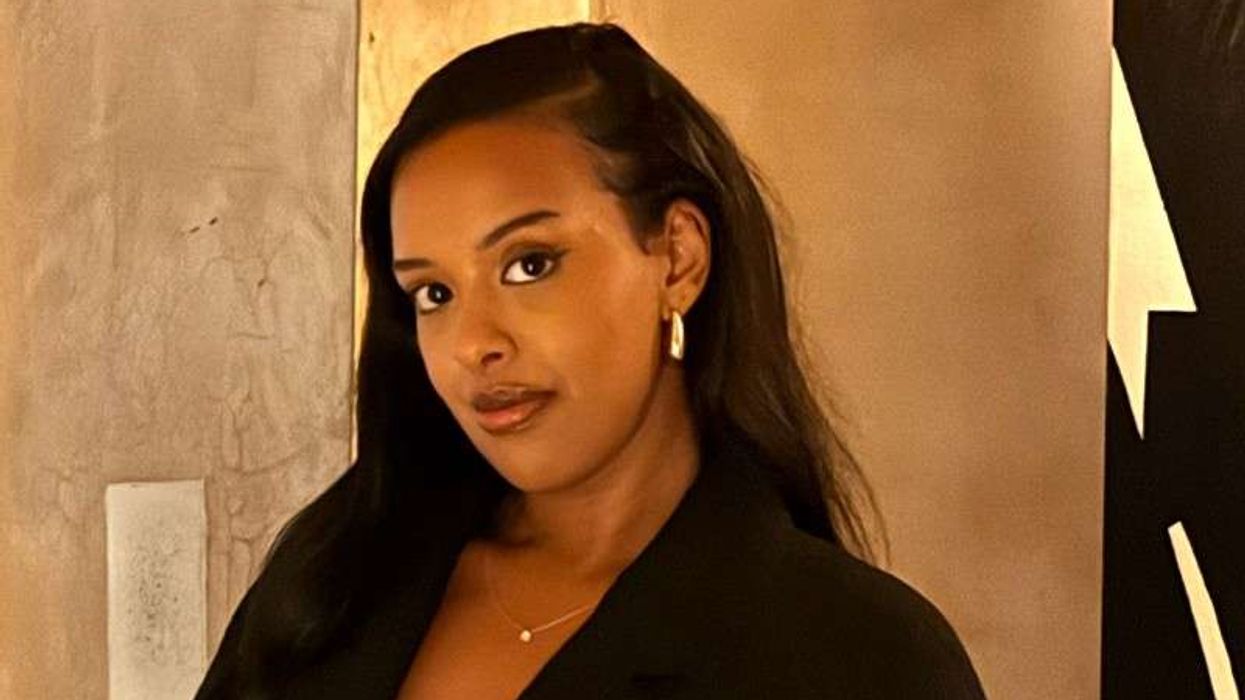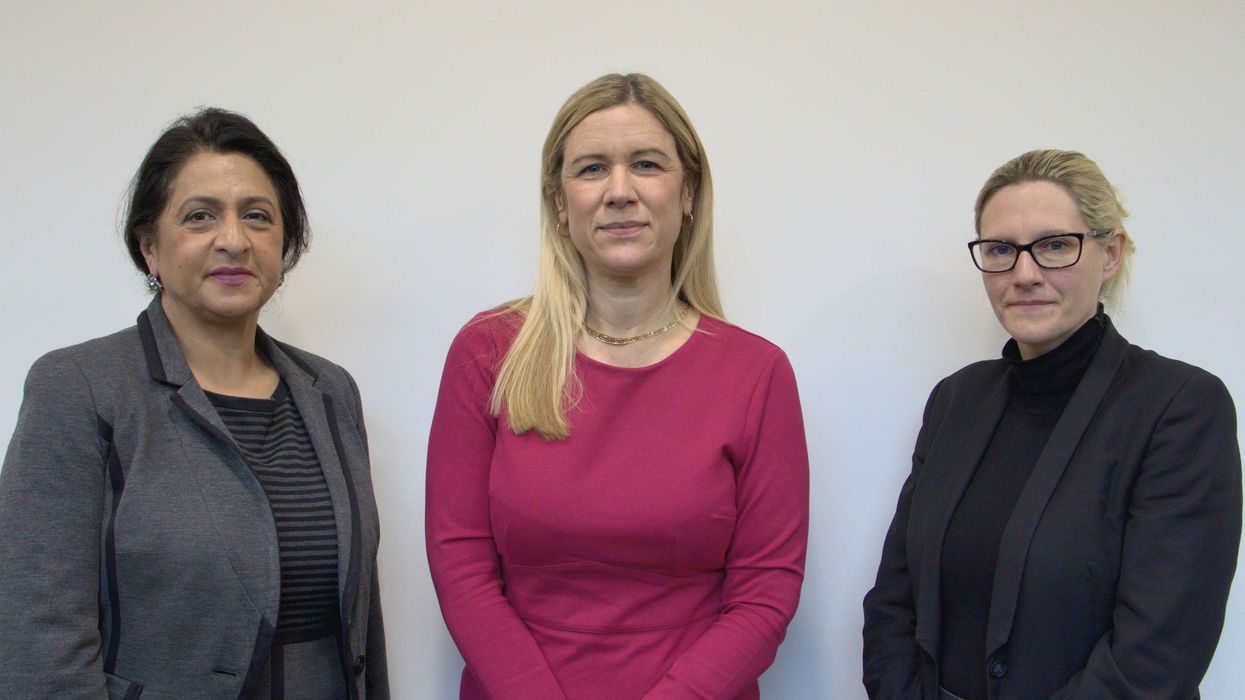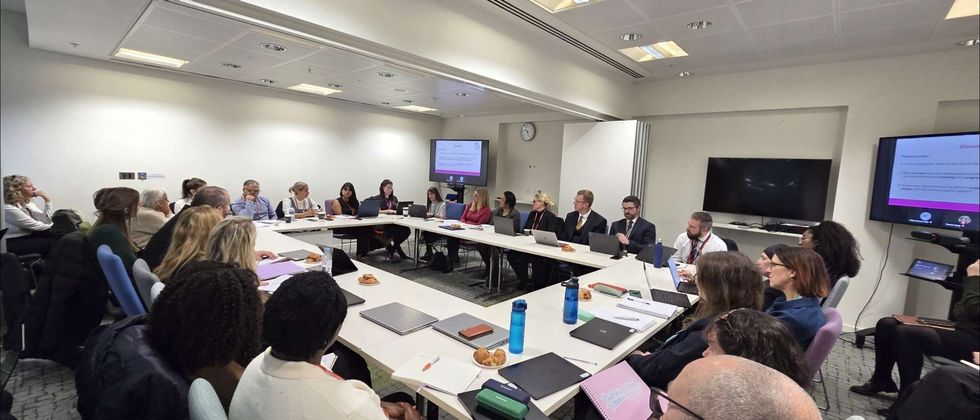Sri Lankan authorities on Wednesday charged a former chief forensic officer with destroying evidence in the notorious murder of a leading rugby player.
The May 2012 killing of national team captain Wasim Thajudeen drew international condemnation and was held as an example of Sri Lanka's failure to deal with high profile crime.
Ananda Samarasekara, who was chief judicial medical officer at the time, ruled that Thajudeen was killed in a motor accident.
However, a fresh autopsy following a change of government in 2015 showed he was beaten with a blunt instrument and burnt to death.
Samarasekara has been charged with destroying evidence, and if convicted could be sentenced to death as a person guilty of covering up a crime can get the same sentence as the actual perpetrator.
An ex-police chief in Colombo is also facing prosecution for suppressing evidence.
A police investigation found that armed forces members carried out the murder and the perpetrators were in telephone contact with the presidential secretariat on the night of the killing.
Mahinda Rajapakse, who was president in 2012 and whose son Yoshitha is also a former national team captain, has denied allegations by rival political parties and media that he helped cover up the murder.
Thajudeen's body was exhumed after evidence emerged that he was abducted in a car owned by the Sri Lanka Red Cross Society, a court was told in 2015.
The Red Cross said the vehicle was being used by a charity headed by Shiranthi Rajapakse, wife of the former president.
The Rajapakse family, including Shiranthi, face investigations over corruption and allegations that they siphoned off millions of dollars of public money during Rajapakse's decade in power.
The family has denied the accusations.





 Nasima Abukar
Nasima Abukar Narwal, Ellie Reeves MP and Emma James
Narwal, Ellie Reeves MP and Emma James The first national honour-based abuse scrutiny panel held last Tuesday (9)
The first national honour-based abuse scrutiny panel held last Tuesday (9)






